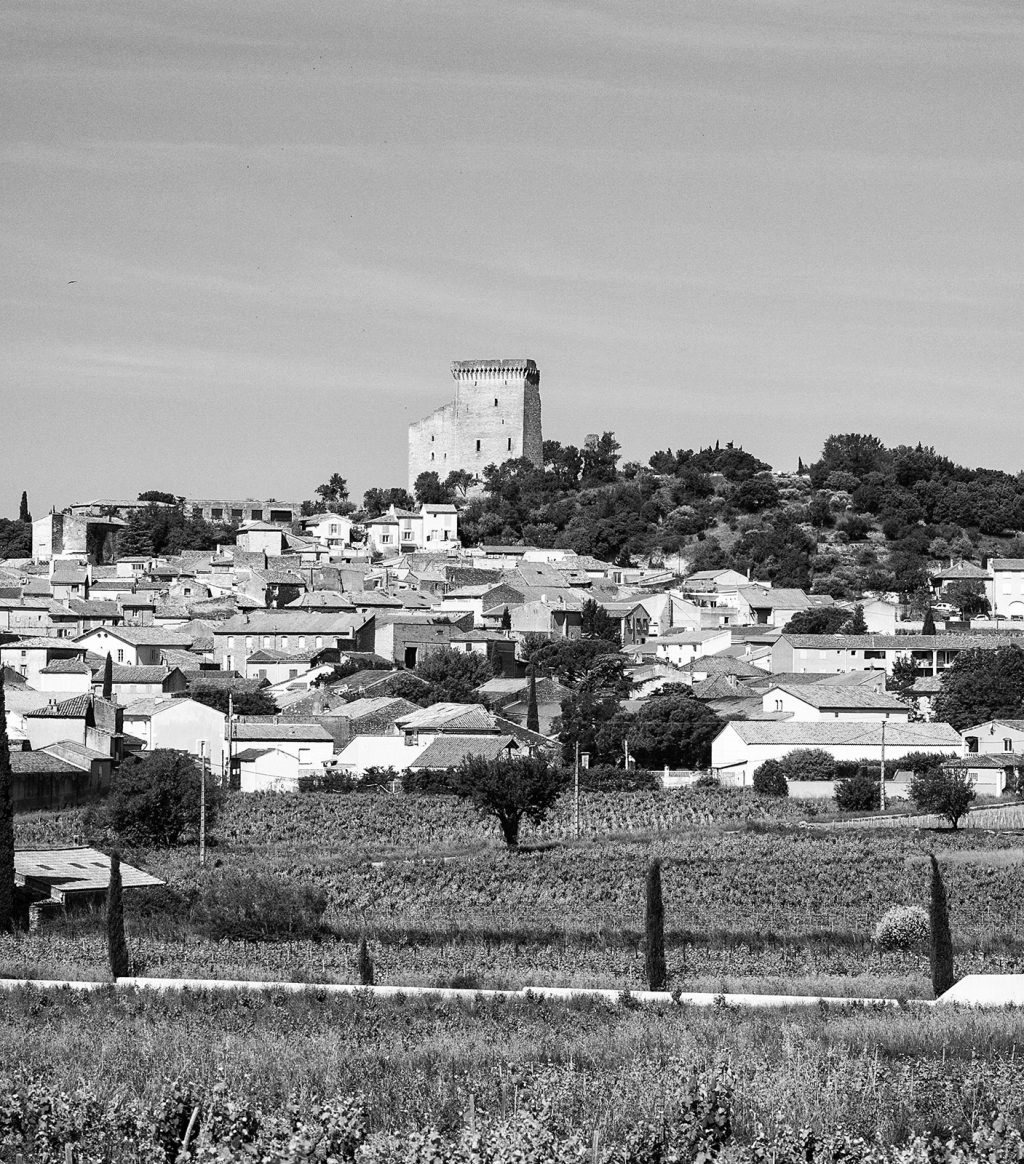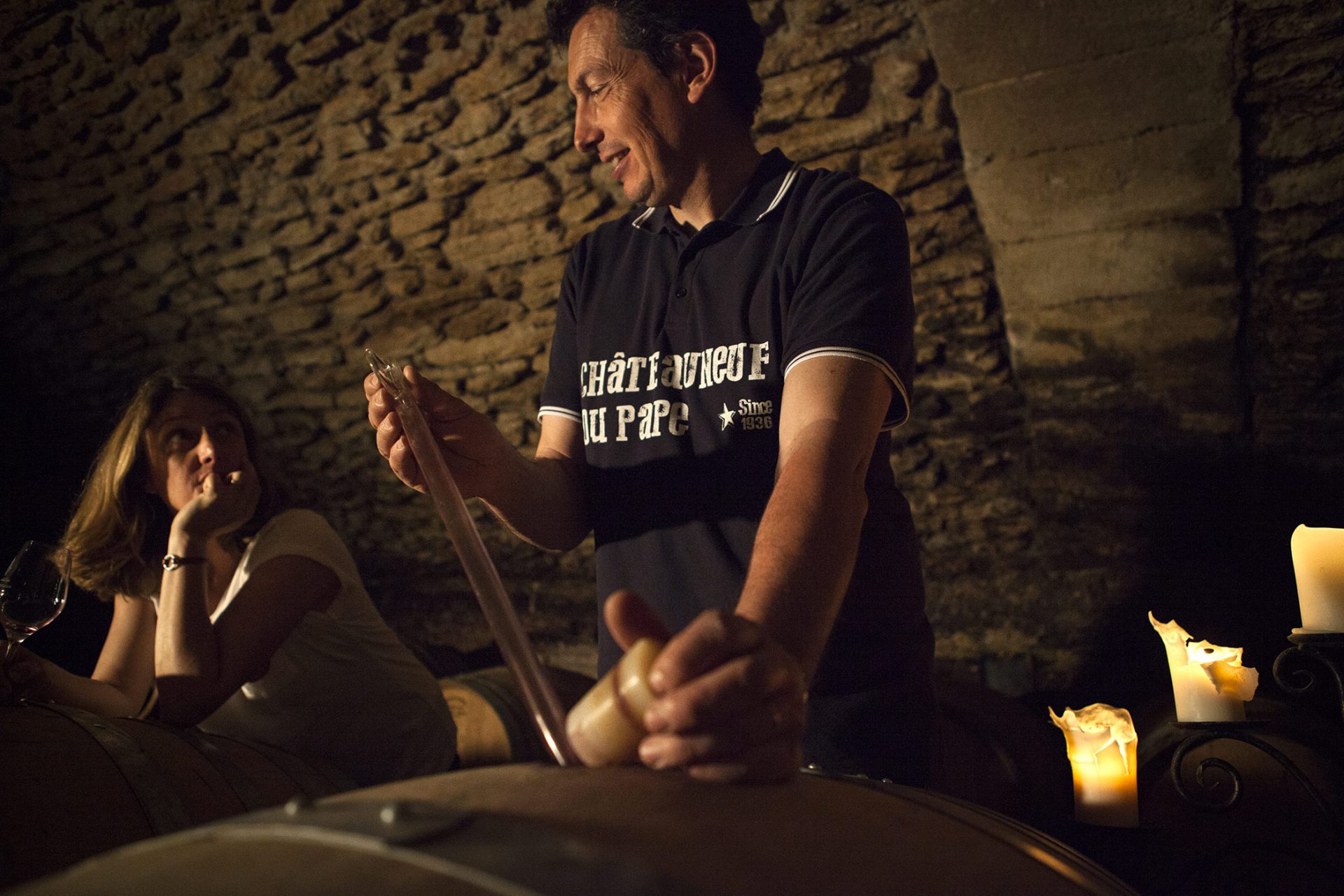CHATEAUNEUF-DU-PAPE
The AOC Châteauneuf du Pape wine appellation extends over 3,200 hectares and 5 typically Provençal communes on the right bank of the Rhône between Orange and Avignon. (Federation’s map of the appellation)
It was the Popes who, during their period of residence in Avignon in the 14th century, discovered the special Châteauneuf du Pape terroir and chose the village as their summer residence. Consequently, Châteauneuf du Pape wines attained “Papal Wine status”.
In the late 18th century, the winemakers of Châteauneuf-du-Pape began to ship their wines in bottles rather than barrels. The appellation earned a considerable reputation throughout Europe.
Châteauneuf du Pape was at the forefront of the AOC (Appellation d’origine contrôlée) system in 1936 and its winemakers were the first to agree to strict production rules.
Châteauneuf du Pape wines come in bottles emblazoned with the papal coat of arms. Created in 1937, the crest helps to promote and develop the reputation of the appellation and provides a guarantee of provenance.




